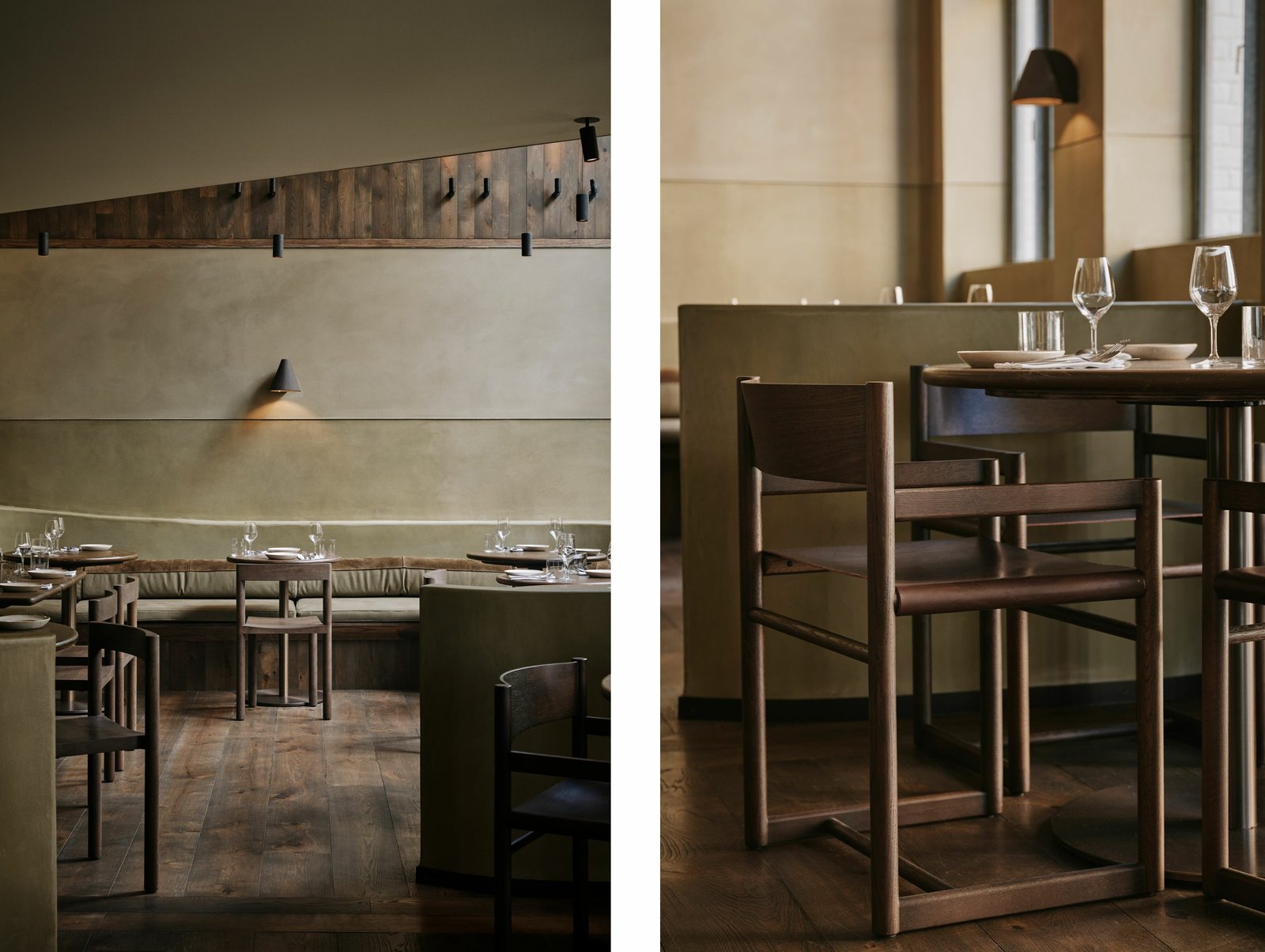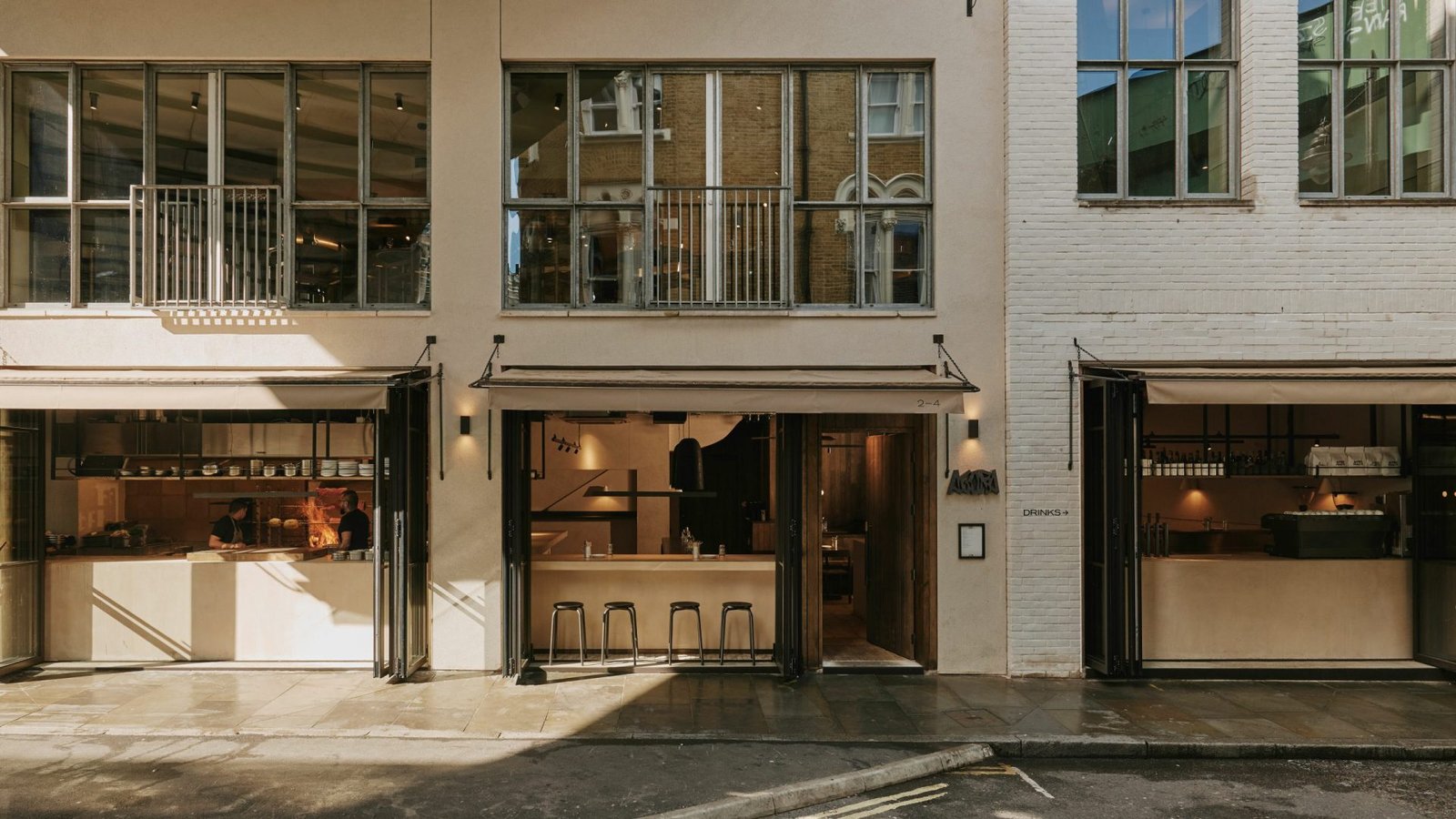In the world of modern restaurant design, architectural glazing is no longer just a functional feature – it’s a key element that shapes the dining experience. Beyond simply providing natural light, glazing can drastically transform the atmosphere of a restaurant, enhancing its aesthetic appeal, functionality, and energy efficiency. The rise of open-plan layouts and al fresco dining has brought glazing to the forefront of restaurant architecture, allowing for beautiful, bright spaces that connect diners to the outside world. Whether it’s creating an inviting atmosphere with large glass windows or improving sustainability with energy-efficient solutions, glazing has become an essential part of contemporary restaurant design. It’s not just about windows; it’s about crafting a memorable, immersive experience that elevates both the restaurant’s brand and the guest’s visit.


The Impact of Glazing on Restaurant Ambience
Natural Light: Large glass panels flood the dining area with daylight, creating a warm, inviting atmosphere that enhances the dining experience. It promotes an open and airy space, perfect for long lunches and evening dinners.
Connection with Nature: Glazing helps connect diners with their surroundings. Whether overlooking a vibrant cityscape, lush greenery, or the coastline, glass walls and windows can bring the outside in, giving guests a unique and dynamic experience.
Visual Appeal: The sleek design of architectural glazing adds a sophisticated touch to restaurant interiors, elevating the overall style. Frameless glass doors, windows, and partitions create seamless transitions between spaces, providing an aesthetic flow from one area to another.

Energy Efficiency and Sustainability in Restaurant Design
Temperature Control: Modern glazing solutions, such as low-emissivity coatings and thermal glazing, help to regulate interior temperatures, keeping restaurant spaces comfortable year-round while reducing energy consumption.
Reducing Carbon Footprint: High-performance glazing materials improve insulation, helping restaurants meet eco-friendly standards. This not only enhances sustainability but also reduces operational costs associated with heating and cooling.
Noise Reduction: Specially designed glazing can help limit external noise, creating a more pleasant and quiet environment inside restaurants, crucial for dining experiences, especially in busy urban areas.

Custom Solutions for Unique Restaurant Designs
Every restaurant has its own unique character, and at Fluid Glass, we offer bespoke glazing solutions that align with your specific needs. Whether you’re creating an intimate space with small, custom-designed windows or planning a grand, open-plan restaurant with expansive glass features, our team of experts will help design and install the perfect solution.
Glazing in Restaurants: Enhancing Aesthetic Appeal and Functionality
The quality of materials used in glazing can dramatically enhance a restaurant’s aesthetic appeal. Architectural glazing systems offer a variety of options, ranging from clear glass to more decorative frosted or textured designs, allowing restaurants to showcase their unique brand identity and style. Whether it’s the sleek, minimalist lines of glass walls or the striking visual impact of a glass atrium, glazing serves not only as a functional element but also as an artistic feature, playing a crucial role in the overall design. This versatility helps create spaces that feel both open and sophisticated, enhancing the dining experience while elevating the restaurant’s visual presence.

Innovative Glazing Applications in Kitchens
Open kitchen concepts are gaining popularity, and the right glazing can bring the visual appeal of the kitchen to life. Glass partitions or glazed walls allow diners to observe chefs in action while maintaining a clean and modern atmosphere. These glazed features are not only visually striking but also practical, as they help contain heat, noise, and odors, maintaining a comfortable dining experience.

FAQs About Glazing in Restaurants
What is the difference between standard windows and architectural glazing in restaurants?
Architectural glazing goes beyond basic functionality by offering seamless, frameless designs and energy-efficient features that enhance both the aesthetic and performance of restaurant spaces.
How does glazing contribute to a restaurant’s sustainability?
Glazing helps restaurants by improving energy efficiency, reducing the need for artificial lighting, and lowering heating and cooling costs, all while maintaining optimal comfort for guests.
Can glazing improve the ambiance of smaller restaurant spaces?
Yes, glazing can visually expand smaller restaurants by creating an illusion of greater space through large windows or glass walls, while also letting in more natural light.
Are glazed structures suitable for outdoor or al fresco dining areas?
Absolutely. Glazing is perfect for al fresco dining. It provides protection from the elements while maintaining an open, airy feel, making it ideal for restaurants that wish to blend indoor and outdoor dining experiences.



